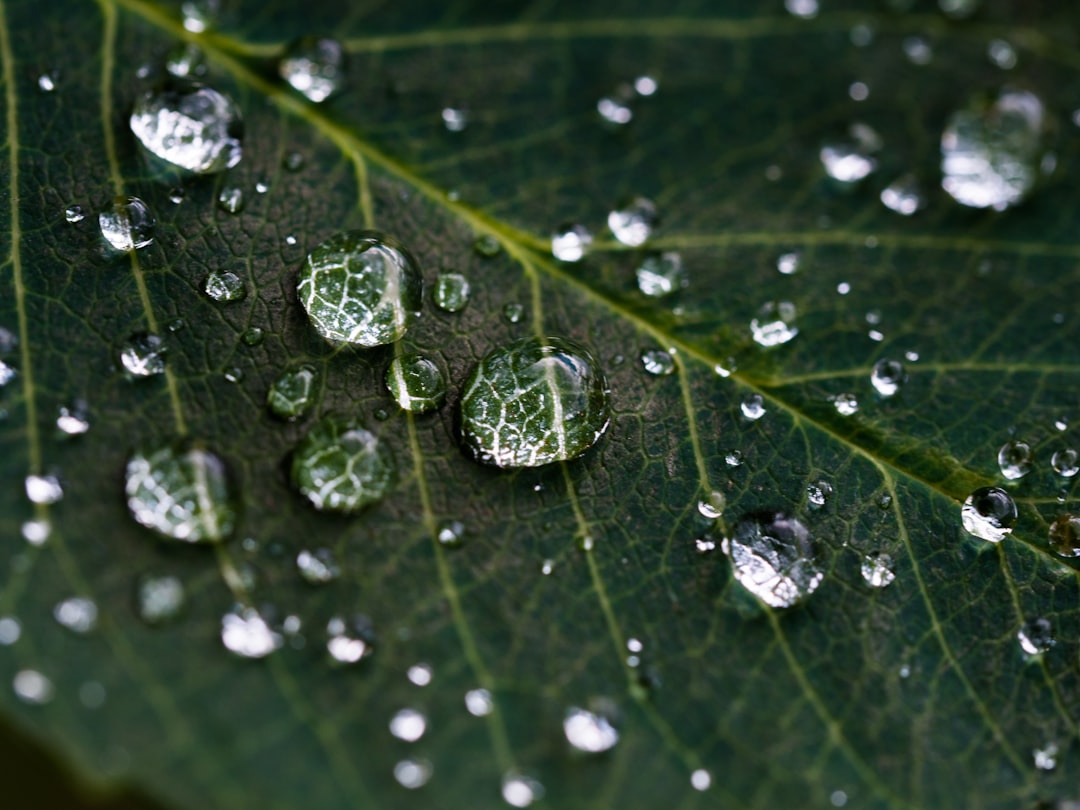As water conservation becomes an increasing concern worldwide, xeriscaping has emerged as a sustainable landscaping method that reduces water usage while maintaining beautiful and functional outdoor spaces. Originally developed in the arid regions of the western United States, xeriscaping is now gaining popularity globally as communities strive for more environmentally friendly landscaping solutions. But what exactly is xeriscaping, and how can it benefit your home or business landscape?
Understanding Xeriscaping
Xeriscaping is a water-efficient landscaping practice that focuses on designing outdoor spaces that require minimal irrigation. The term "xeriscape" comes from the Greek word "xeros," meaning dry, combined with "landscape." Unlike traditional landscaping, which often depends on frequent watering, fertilization, and maintenance, xeriscaping promotes the use of drought-resistant plants, soil improvements, and efficient irrigation techniques to create sustainable landscapes.
The Seven Principles of Xeriscaping
To achieve a successful xeriscape, experts recommend following seven fundamental principles that maximize water efficiency while ensuring an aesthetically pleasing and thriving landscape.
1. Planning and Design
The first step in xeriscaping is careful planning and design. Understanding the natural features of your landscape, including soil type, sun exposure, and existing vegetation, allows you to create a strategic plan that optimizes water usage. Consider grouping plants with similar water needs together and incorporating shaded areas to reduce evaporation.
2. Soil Improvement
Healthy soil plays a crucial role in water retention and plant growth. In xeriscaping, organic matter such as compost is often added to soil to enhance its ability to retain moisture. However, in naturally dry climates, some soils may already be well-suited for drought-resistant plants without significant amendments.
3. Efficient Irrigation
Irrigation is still necessary in xeriscaping but should be done efficiently to minimize water waste. Drip irrigation and soaker hoses are recommended over traditional sprinklers, as they deliver water directly to the plant roots, reducing evaporation and runoff. Watering should be done during cooler parts of the day, such as early morning or late evening.
4. Appropriate Plant Selection
Choosing native and drought-tolerant plants is key to a successful xeriscape. These plants are adapted to local climate conditions and require less water and maintenance. Succulents, ornamental grasses, and native wildflowers are excellent choices, depending on your region.
5. Mulching
Mulch is a vital component of xeriscaping as it helps retain soil moisture, regulate temperature, and reduce weed growth. Organic mulches such as bark, wood chips, and straw decompose over time, enriching the soil. Inorganic mulches, such as gravel or rock, also provide insulation while adding visual appeal to the landscape.
6. Limited Turf Areas
Traditional lawns require significant water and upkeep, making them unsuitable for xeriscaping. Reducing or replacing turfgrass with alternative ground covers, drought-resistant grass varieties, or decorative hardscaping (such as pathways and patios) can dramatically reduce water consumption and maintenance efforts.
7. Proper Maintenance
While xeriscaping reduces the need for frequent upkeep, some maintenance is still required to keep the landscape healthy and attractive. Periodic pruning, weeding, and checking irrigation systems ensure that plants remain in good condition. Over time, well-established xeriscapes become even more self-sustaining, requiring minimal intervention.
Benefits of Xeriscaping
Adopting xeriscaping principles offers numerous environmental, economic, and aesthetic benefits:
-
Water Conservation: Reduces water consumption by up to 50% or more compared to traditional landscaping.
-
Lower Maintenance: Requires less mowing, fertilizing, and weeding.
-
Cost Savings: Reduces water bills and landscaping costs.
-
Increased Property Value: Creates attractive and sustainable landscapes that appeal to environmentally conscious buyers.
-
Wildlife Habitat: Supports local biodiversity by providing food and shelter for pollinators and beneficial insects.
Conclusion
Xeriscaping is a practical and sustainable landscaping approach that helps conserve water, reduce maintenance, and create resilient outdoor spaces. By incorporating the seven principles of xeriscaping, homeowners and businesses can transform their landscapes into eco-friendly havens that thrive in harmony with the environment. Whether you live in an arid region or simply want to reduce your ecological footprint, xeriscaping is a smart and beautiful solution for the future of sustainable landscaping.

Comments
No comments yet. Be the first to comment!
You must be logged in to comment. Login